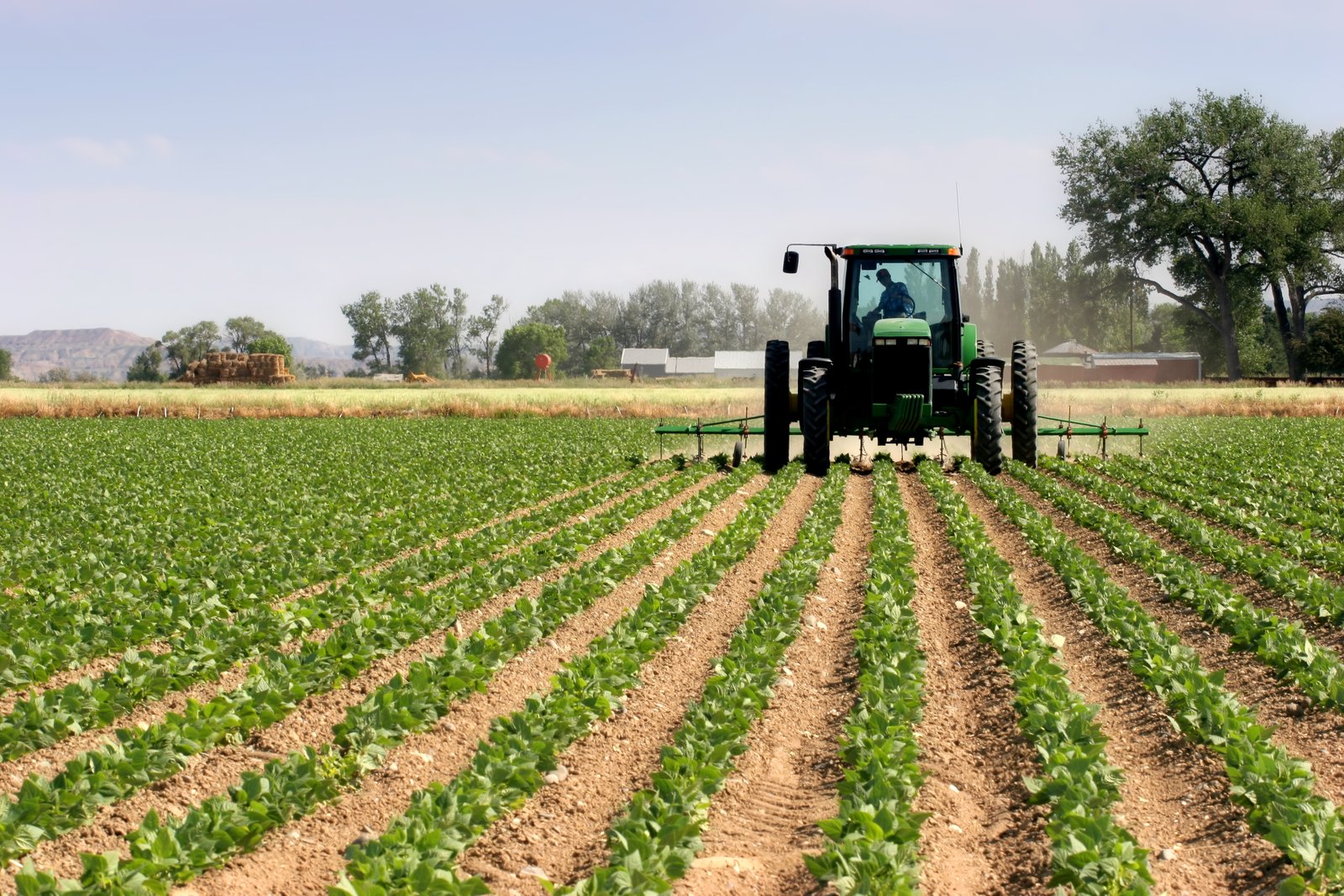Inside BENEO’s new pulse plant: pioneering sustainable protein from faba beans
The hope of additional access to new markets, technology transfer and several other benefits from rich nations through stronger IPRs, promoted developing countries to follow TRIPS agreement and comply their national policy accordingly. Plant varieties protection (PVP) in compliance with TRIPS is a critical issue which may affect agriculture sustainability and food security of a country. It generates serious concerns over IP laws with a threat of monopolisation of agriculture market by large firms, creating worries to developing nations and their smallholder farmers.
Most developing countries are rich in biodiversity, traditional knowledge and their seed supply is still in hands of the farming communities, that’s why issues related to seed saving, seed exchange, the scope of protection, the breadth of coverage, and the relation of PVP and patents are the major concerns of farmers from these nations. So balancing model of breeders and farmers interest could become the best option for developing nations.
As provided by Article 27.3(b) of TRIPS, member states have freedom to adopt a PVP system of protection based on patents, or a sui generis system, or a combination of both. Most of patent laws don’t have exception similar to ‘breeder’s exemption’ under their plant breeder’s right regimes.
So a patentee may restrict anyone from using the protected variety even for research and breeding purpose which automatically prevents further development of that variety. Such a strong type of protection has been proved harmful, especially for developing countries for PVP. So the developing countries have two additional options to protect their plant varieties i.e. either by current UPOV (International Union for the Protection of New Varieties of Plants) provisions or by their own sui generis system.
Before proceeding further, understanding of ‘Farmers’ rights’ mentioned under Article 9 of FAO-ITPGRFA (adopted on Novembe 3, 2001) could be helpful in deciding a precise solution. Firstly they assures the protection of traditional knowledge, equitable participation of farmers in benefit-sharing arrangements, decision- making process in management of plant genetic resources and secondly recognises the right of farmer to save, use, exchange, and sell farm saved seeds and propagating material, but only in accordance to concern national laws.
It seems treaty is providing a minimum basic framework over the farmers concerns. So now let’s come on our first choice from available models i.e. adoption of UPOV. Recent model of UPOV (1991) has strengthened breeder’s rights by limiting the scope of seed saving and exchange so become as similar as patent model. Studies showed failure of this model to fulfill the concerns of developing countries with possible negative effect on farmers capacity in seed saving and exchange so this option also doesn’t fits with concerns and last hope remains with sui generis. Developing sui generis system by considering exact local needs and international compliance (notably FAO ITPGRFA, Human rights etc) is possible and will be the best way in current situation.
Where FAO ITPGRFA is silent with regard to the legal form of protection, indirectly allows and support to design a model with concerns to farmers right in the form of sui generis. The main challenges in this regard could be the generation of precise guidelines on double protection (i.e. on PVP and patent) in national laws to avoid overlapping of rights and lack of evidences on impact of sui generis regimes. As sui generis system is less studied and comparatively new form of protection there are few but promising examples to assess its impact. One of the interesting example is from Indian sui generis system which offers variety of unique features with balanced breeders as well as farmers interest.It also succeeded in having balanced number of PVP grants from public, private and farmers, notably 55.3% applications from farmers which proves the possibility of promised gains and provide a model for future genesis.

